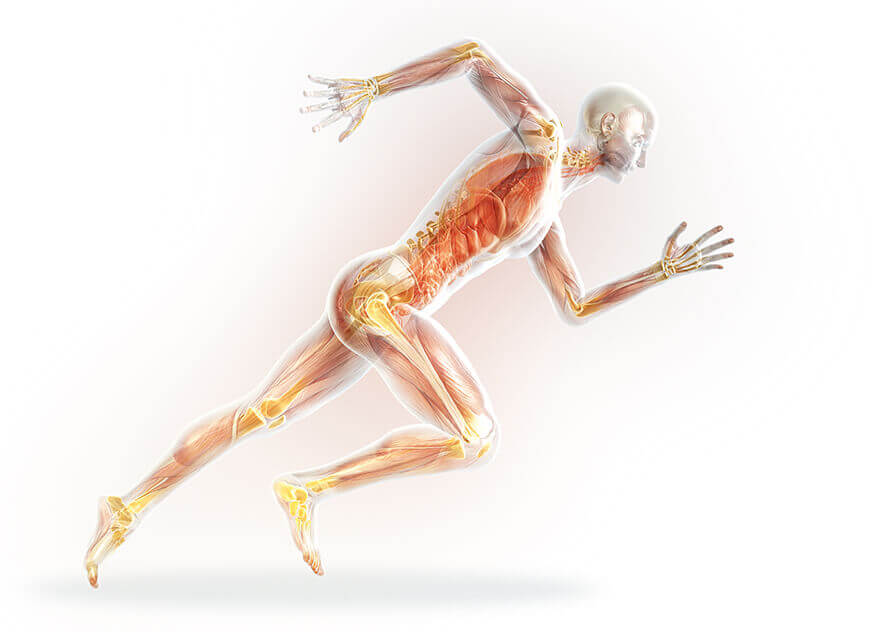Periodontitis and rheumatism - insidious danger to the joint
Swollen, warm and chronically painful joints immediately confirm a suspicion: Rheuma. However, the diagnosis does not end with "rheumatism" alone. After all, it encompasses more than 100 different clinical pictures, triggered by wear and tear (osteoarthritis), metabolic disorders or inflammation, which are primarily reflected in the musculoskeletal system. The most common form is rheumatoid arthritis, a rheumatic-inflammatory disease. Unlike osteoarthritis, it has nothing to do with mechanical wear and tear, but with disorders in the immune system.
A fault creeps into the immune system and affects the white blood cells (leukocytes), the body's response to viruses, bacteria, toxins and cancer cells. As a result of the disturbances in the immune system, the defense mechanisms can no longer clearly differentiate between the body's own and foreign tissue, so that they also attack the body's own tissue. The inner wall of joints, bursae and tendon sheaths, which produces synovial fluid and thus reduces friction on the joint surfaces, is the main area affected.
The first symptoms are swelling, morning stiffness, pain and overheating, which are primarily noticeable in the metacarpophalangeal and metacarpophalangeal joints of the fingers and toes. However, it can also affect other joints such as the knee, hip, shoulder or cervical spine. It is not uncommon for rheumatism to lead to joint deformities and, in the worst case, joint destruction.
Rheumatoid arthritis - when joints make you unable to work
In Germany, around one percent of the population lives with rheumatoid arthritis. Women are affected three times more often than men. As the joint disease is often recognized and treated late, many sufferers suffer from far-reaching consequences: They feel restricted in their ability to move and complain of limb deformities. A study by Mau and Zeidler sums up the suffering in a nutshell: within the first three years, 70 percent of those affected report erosive changes, 31 percent report hand deformities and 25 percent are retired due to the disease. A full 50 to 60 percent of all patients report an inability to work 10 years after diagnosis.
Periodontitis - poison for the joints
According to Hippocrates, tooth extraction can heal joints. Current scientific studies prove the famous physician right. Researchers at the University of Washington in Seattle found that patients with Periodontitis are eight times more rheumatoid arthritis susceptible than patients without periodontitis. They suspect that Porphyromonas gingivalis, a bacterium found in the gum pockets that is responsible for inflammation in the gums, is the interface between rheumatism and periodontitis. At the same time, similar inflammatory substances such as the enzyme MMP-8 (matrix metalloproteinase-8) have been identified - in periodontitis patients in the periodontium and in rheumatism patients on the joint walls. If the enzyme level is too high, it attacks tissue and cartilage as well as the fibers of the periodontium.
Another observation: with consistent treatment of periodontitis, the inflammation markers in the blood of rheumatoid arthritis patients decrease noticeably. It is not without reason that specialists suggest closer cooperation between general medicine and dentistry for the successful treatment of rheumatism and periodontitis.
